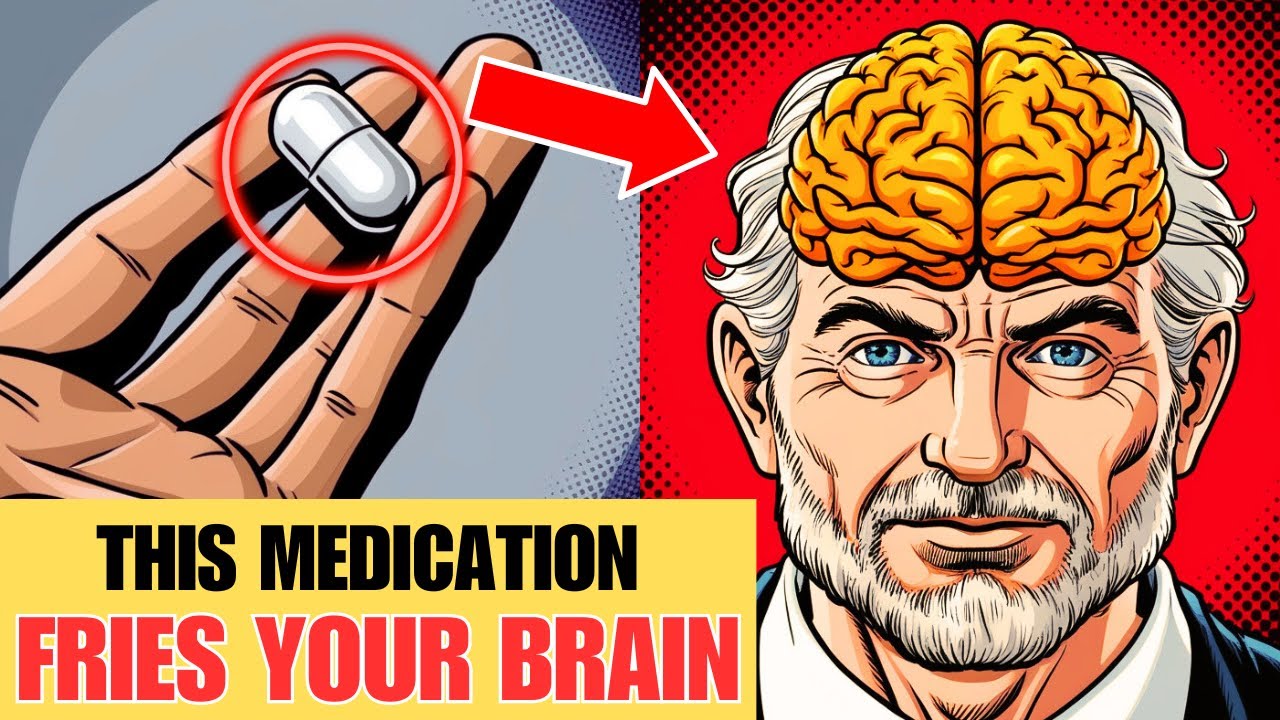Persuasive Speech: Monroe's Motivate Sequence
Summary
TLDRThis script addresses the potential health risks associated with cell phone usage, highlighting evidence suggesting long-term use can lead to tissue damage, tumors, and brain cancer. It emphasizes the importance of reducing exposure to cell phone radiation, particularly through not holding the phone directly against the head during calls. The speaker encourages the use of earbuds or speakerphone to mitigate risks, advocating for a simple change in usage habits to protect health.
Takeaways
- 📱 The script discusses the ubiquitous presence of cell phones in our daily lives and their constant usage.
- ⚠️ It raises concerns about the potential health hazards of cell phones, including tissue damage, tumors, and brain cancer, due to long-term exposure to radiation.
- 🌍 The scale of the potential problem is highlighted by the fact that over four billion people worldwide use cell phones.
- 📚 The author references 'Disconnect' by Deborah Davis, which suggests we might be witnessing a slow-motion epidemic due to cell phone radiation.
- 🧬 The script points out that the danger lies not in the intensity of radiation from a single use but in the cumulative exposure from repeated use over time.
- 🔍 A study by the World Health Organization is mentioned, which found that long-term cell phone users doubled their risk of developing brain tumors.
- 📚 'Zapped' by Ann Gittleman is cited as a resource that documents various health issues attributed to cell phone radiation.
- 📖 The script advises against keeping cell phones close to the body, as recommended by manufacturers in their user manuals.
- 🔉 The most effective way to reduce risk, as suggested by experts, is to avoid holding the phone directly against the head while using it.
- 🎧 The speaker recommends using earbuds or speakerphone as alternatives to holding the phone to the ear to minimize radiation exposure.
Q & A
What is the main concern raised about cell phone usage in the script?
-The main concern raised is that long-term use of cell phones can lead to tissue damage, tumors, and even brain cancer due to the radiation they emit.
According to the script, what is the potential magnitude of the problem if cell phones are indeed hazardous?
-Given that over four billion people worldwide use cell phones, the problem could be of potentially staggering magnitude, hinting at a global health epidemic.
Who is Deborah Davis and what is her view on cell phone radiation?
-Deborah Davis is an epidemiologist and author of the book 'Disconnect: The Truth About Cell Phone Radiation'. She suggests that we may be witnessing an epidemic in slow motion due to the long-term effects of cell phone radiation.
What does the script suggest as a simple change in cell phone usage to protect health?
-The script suggests not pressing the cell phone directly against the head while using it, to reduce exposure to radiation.
How does the script compare the radiation emitted by cell phones to that of X-ray machines?
-The script mentions that the radiation emitted by cell phones is minuscule compared to X-ray machines, being about 1/1 billionth of the intensity.
What does Ronald Herbermann from the University of Pittsburgh Cancer Institute say about cell phone radiation?
-Ronald Herbermann explains that the problem with cell phone radiation is not the amount emitted at a single time but the cumulative exposure from repeated use over time.
What did the World Health Organization's study find regarding long-term cell phone use?
-The study tracked 10,000 cell phone users over 10 years and found that subjects who used a cell phone for 10 or more years doubled the risk of developing brain tumors.
What is the advice given by cell phone manufacturers regarding keeping the phone close to the body?
-Cell phone manufacturers, including Apple and BlackBerry, warn against keeping the phone right next to the body and recommend keeping it at least half an inch to an inch away.
What alternatives to holding the phone against the head are suggested in the script?
-The script suggests using earbuds or the speakerphone function as alternatives to reduce direct exposure to the head.
Who is Alan Marks and what is his experience with cell phone usage?
-Alan Marks is a 58-year-old real estate developer who used a cell phone for an hour a day for 23 years and later found a golf ball-sized tumor in his brain, which he attributes to his cell phone use.
What is the script's final call to action regarding cell phone usage?
-The script encourages the habit of keeping the cell phone away from the ear when talking and promoting this practice among friends and family to avoid potential health risks.
Outlines

This section is available to paid users only. Please upgrade to access this part.
Upgrade NowMindmap

This section is available to paid users only. Please upgrade to access this part.
Upgrade NowKeywords

This section is available to paid users only. Please upgrade to access this part.
Upgrade NowHighlights

This section is available to paid users only. Please upgrade to access this part.
Upgrade NowTranscripts

This section is available to paid users only. Please upgrade to access this part.
Upgrade NowBrowse More Related Video

The Dangers of Cell Phones - Persuasive Speech

Do Cell Phones Cause Brain Tumors?

WARNING! 8 Medications That Can Cause Severe Dementia (Must Know Risks!)

Underage Drinking, Dangers and Consequences - Talk It Out on the Learning Videos Channel

The Truth About Your AirPods | Bluetooth & EMF

Vías de la Apoptosis
5.0 / 5 (0 votes)